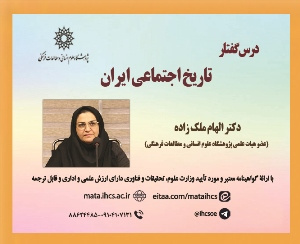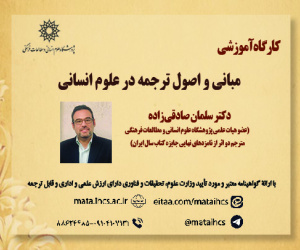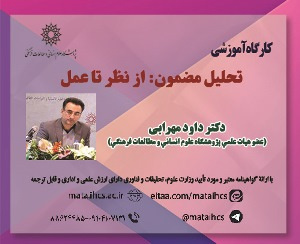Psychometric Properties of Abbott’s Creative Self-efficacy Inventory for Iranian Adolescents (مقاله علمی وزارت علوم)
درجه علمی: نشریه علمی (وزارت علوم)
آرشیو
چکیده
Aim: Taking into account the importance of creativity and the effective role of creative self-efficacy (CSE) in it, several attempts have been performed to develop appropriate measures. One of the multi-dimensional tools to assess CSE is Abbott’s (2010) creative self-efficacy inventory. The current study is an attempt to investigate factor structure and psychometric properties of Abbott’s CSE Inventory (2010) in Persian sample. The other objectives were to examine the differences in CSE regarding age and gender.Methods: The participants of this study were students in the age range of 13-19 years and also were schooling in 7th-12th grades of West Azerbaijan high schools (N= 400). Abbott’s CSE Inventory (2010) and intellect/imagination subscale of five factors personality Mini-IPIP scale were used. CFA was executed using AMOS and the data was analysed by SPSS software.Results: Reliability coefficients of raters for creative thinking self-efficacy (CTSE) and creative performance self-efficacy (CPSE) were 0.96 and 0.97 respectively (p<0.01). In addition, internal consistency of the whole scale, CPSE, and CTSE based on Cronbach’s alpha was 0.95, 0.88, and 0.93 respectively. The results showed that two factors were identified by the EFA, with eigenvalues greater than 1. These two factors were retained with 59.529 % of the total variance. The CFA supported construct validity of the CSE Inventory and its multi-factor structure. Also, there was no difference between the genders in terms of CSE, while CSE and age were directly related.Conclusion: The current research revealed that the structure and psychometric properties of the CSE Inventory for the Iranian sample are adequatePsychometric Properties of Abbott’s Creative Self-efficacy Inventory for Iranian Adolescents
Aim: Taking into account the importance of creativity and the effective role of creative self-efficacy (CSE) in it, several attempts have been performed to develop appropriate measures. One of the multi-dimensional tools to assess CSE is Abbott’s (2010) creative self-efficacy inventory. The current study is an attempt to investigate factor structure and psychometric properties of Abbott’s CSE Inventory (2010) in Persian sample. The other objectives were to examine the differences in CSE regarding age and gender.Methods: The participants of this study were students in the age range of 13-19 years and also were schooling in 7th-12th grades of West Azerbaijan high schools (N= 400). Abbott’s CSE Inventory (2010) and intellect/imagination subscale of five factors personality Mini-IPIP scale were used. CFA was executed using AMOS and the data was analysed by SPSS software.Results: Reliability coefficients of raters for creative thinking self-efficacy (CTSE) and creative performance self-efficacy (CPSE) were 0.96 and 0.97 respectively (p<0.01). In addition, internal consistency of the whole scale, CPSE, and CTSE based on Cronbach’s alpha was 0.95, 0.88, and 0.93 respectively. The results showed that two factors were identified by the EFA, with eigenvalues greater than 1. These two factors were retained with 59.529 % of the total variance. The CFA supported construct validity of the CSE Inventory and its multi-factor structure. Also, there was no difference between the genders in terms of CSE, while CSE and age were directly related.Conclusion: The current research revealed that the structure and psychometric properties of the CSE Inventory for the Iranian sample are adequate


